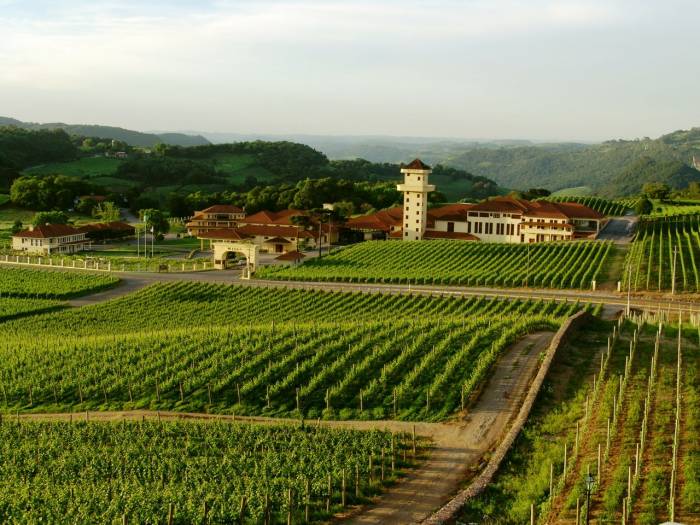Half a Million Tourists Flock to Rio Grande do Sul, Powering Brazil’s Wine Tourism Boom
State produces over 80 percent of Brazil’s fine wines as rural regions see economic revival and cultural preservation efforts grow
2025-11-11

Wine tourism is becoming a key driver of economic growth in Rio Grande do Sul, Brazil’s southernmost state. The region now welcomes about half a million visitors each year, according to recent data published by Jornal do Comércio. This steady flow of tourists has helped establish Rio Grande do Sul as the country’s leading destination for wine-related travel.
The state produces more than 80 percent of Brazil’s fine wines, totaling around 12 million liters annually. This strong tradition in viticulture, rooted in the practices brought by Italian immigrants, has become a foundation for regional development. Wine tourism is not only boosting the local economy but also spreading its benefits to smaller towns and rural areas, diversifying sources of income beyond agriculture and industry.
In the Vale dos Vinhedos, visitors can walk among vineyards and historic stone houses, experiencing both the landscape and the cultural heritage of the region. Many wineries offer guided tours, tastings, and opportunities to learn about winemaking techniques that have been passed down through generations. The area’s appeal lies in its ability to combine production with culture and hospitality.
The Campanha region, located further south near the border with Uruguay, is also seeing a rise in tourist numbers. Here, travelers can participate in wine tastings, visit working farms, ride the historic Trem do Pampa train, and explore archaeological sites. These attractions are helping to draw attention to an area that was once overlooked by mainstream tourism.
While wine consumption in Brazil tends to peak during the winter months, many wineries are working to attract visitors year-round. The summer grape harvest has become a popular event, with several estates inviting guests to join in picking grapes and even take part in traditional grape stomping. These activities help maintain visitor numbers during what was previously considered the low season.
The growth of wine tourism is closely linked to improvements in quality and recognition for local products. Certification programs such as Indicação de Procedência (IP) and Denominação de Origem (DO) have played a role in highlighting the unique characteristics of wines from different regions. In 2020, the Campanha region received its IP certification, confirming the quality of its wines. Meanwhile, Garibaldi in the Serra Gaúcha is seeking formal recognition for its sparkling wines and other products.
Despite these successes, challenges remain. Industry leaders point out that further investment in infrastructure is needed to support continued growth. Better roads, improved signage, and expanded accommodation options would make it easier for tourists to explore the region. There is also a call for greater promotion of wine routes both within Brazil and abroad.
Environmental preservation is another concern as tourism expands into rural areas. Wineries are being encouraged to adopt sustainable practices that protect local ecosystems while maintaining high standards of production.
As Rio Grande do Sul continues to develop its wine tourism sector, stakeholders are working to balance tradition with innovation. The goal is to create lasting economic opportunities while preserving the cultural and natural resources that make the region unique.
Founded in 2007, Vinetur® is a registered trademark of VGSC S.L. with a long history in the wine industry.
VGSC, S.L. with VAT number B70255591 is a spanish company legally registered in the Commercial Register of the city of Santiago de Compostela, with registration number: Bulletin 181, Reference 356049 in Volume 13, Page 107, Section 6, Sheet 45028, Entry 2.
Email: [email protected]
Headquarters and offices located in Vilagarcia de Arousa, Spain.